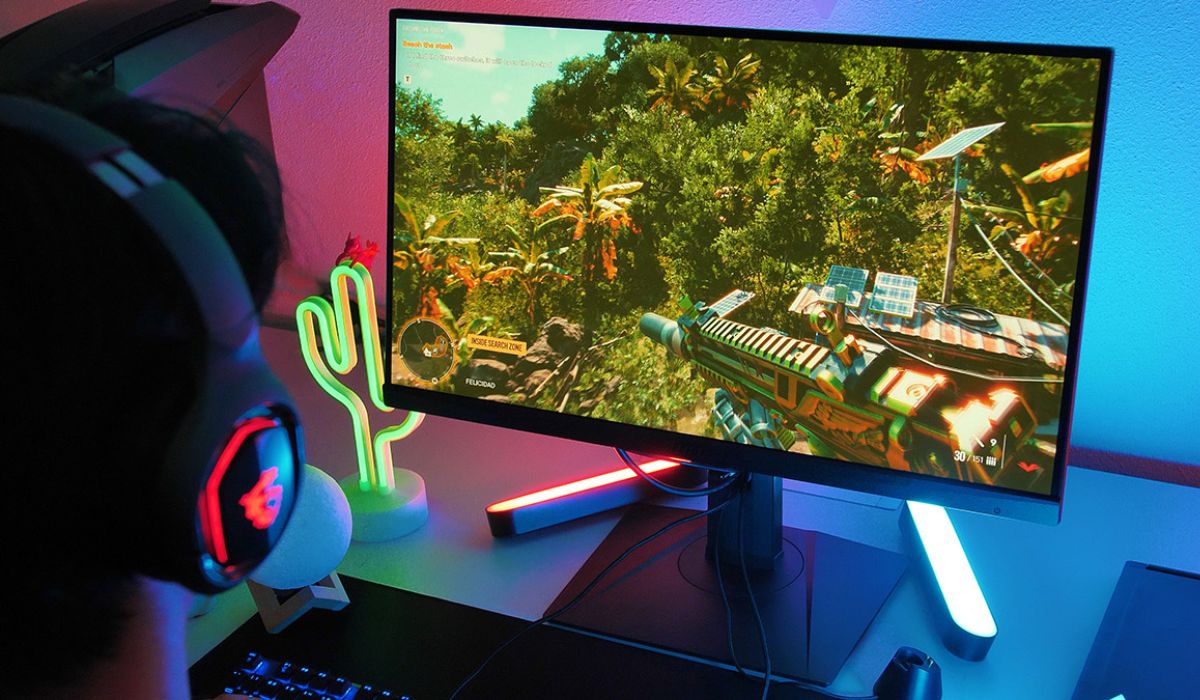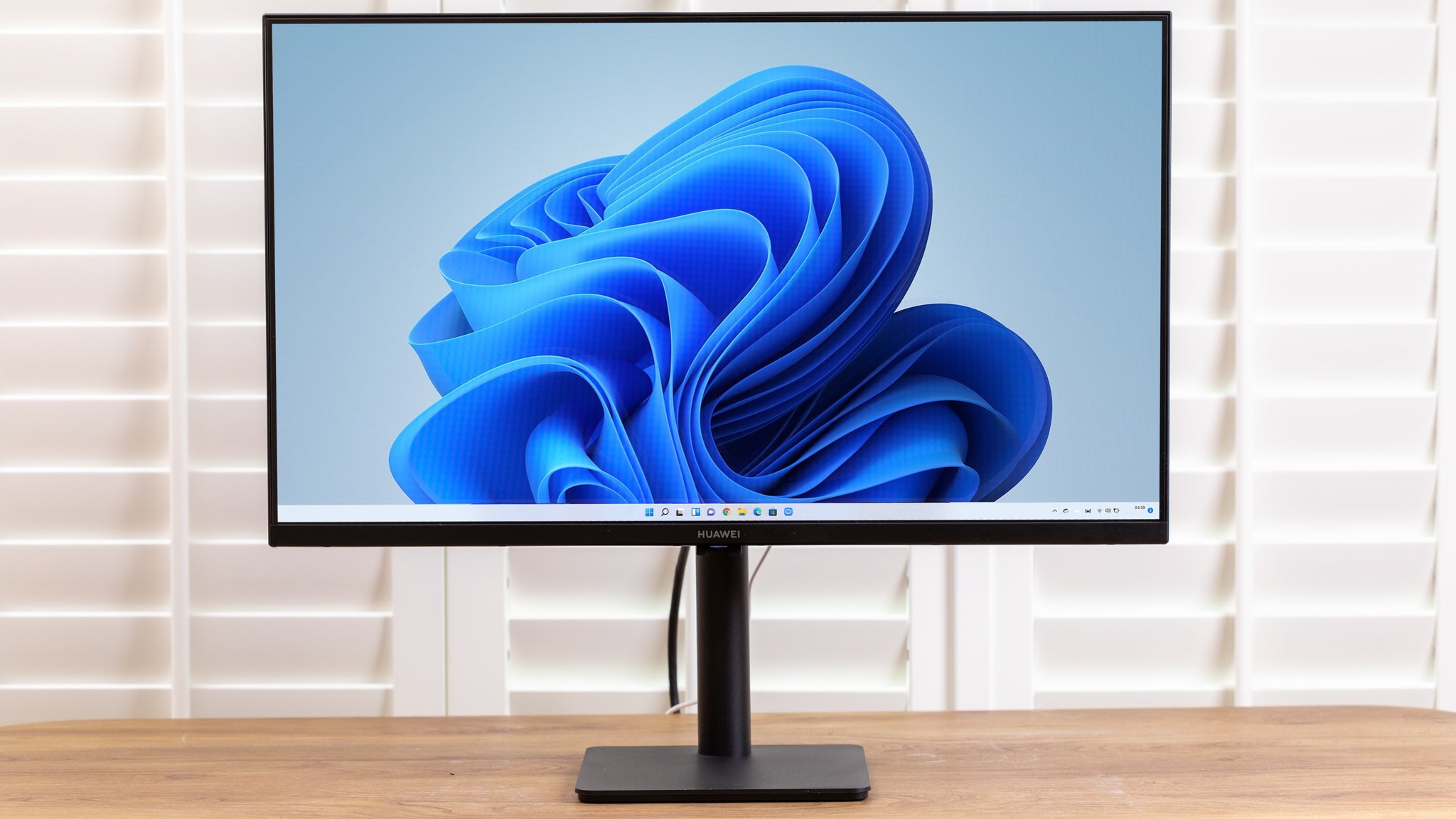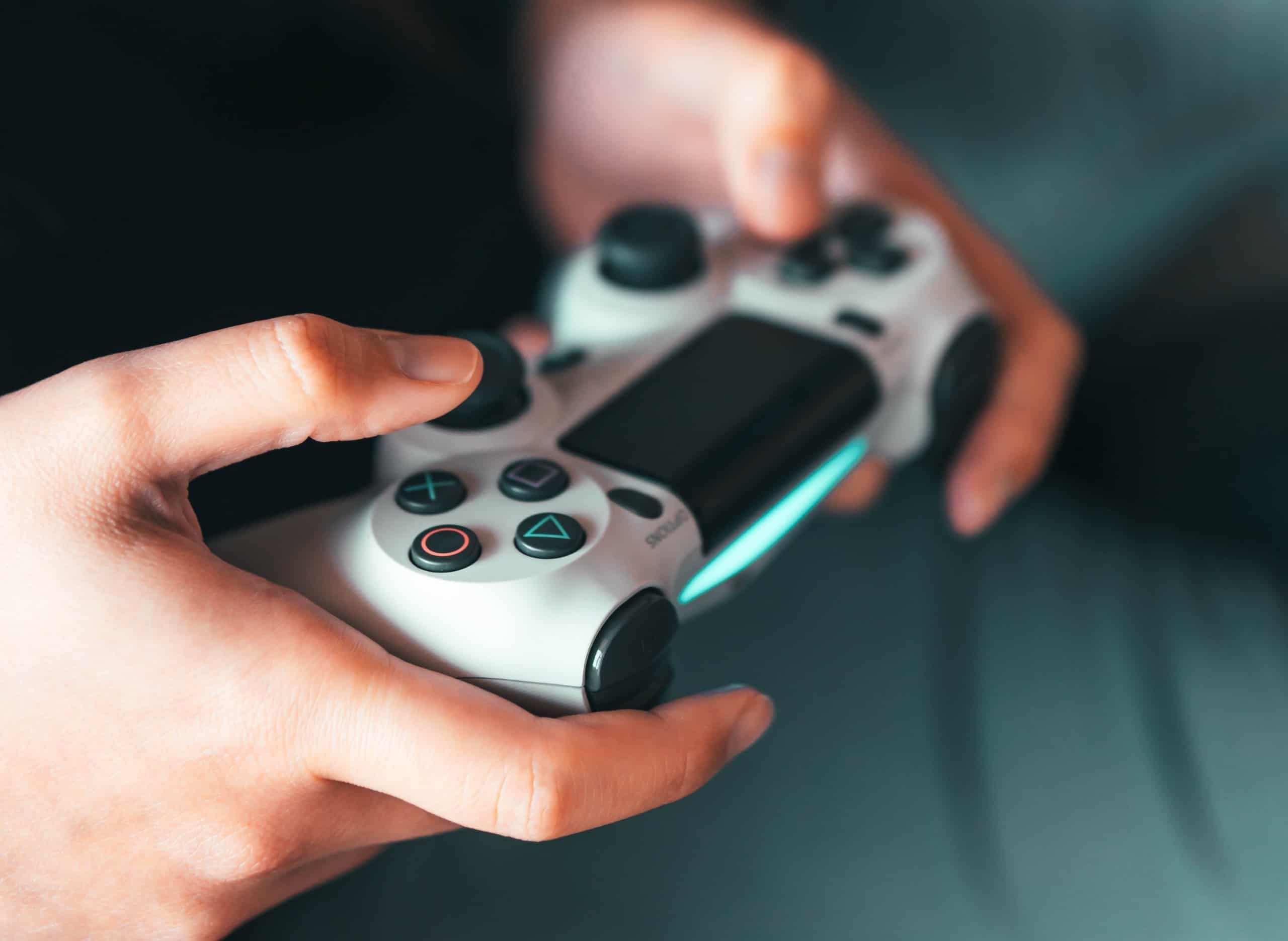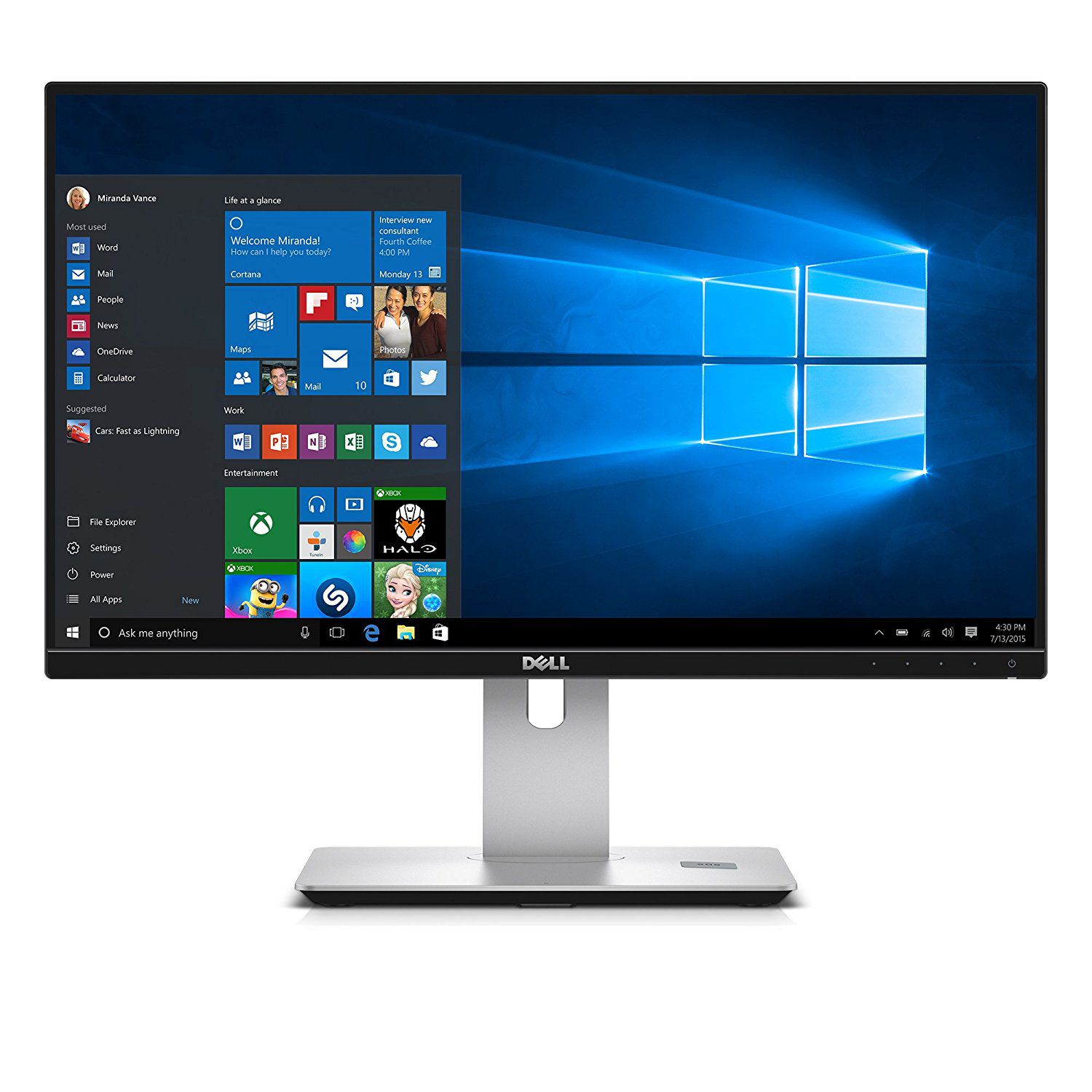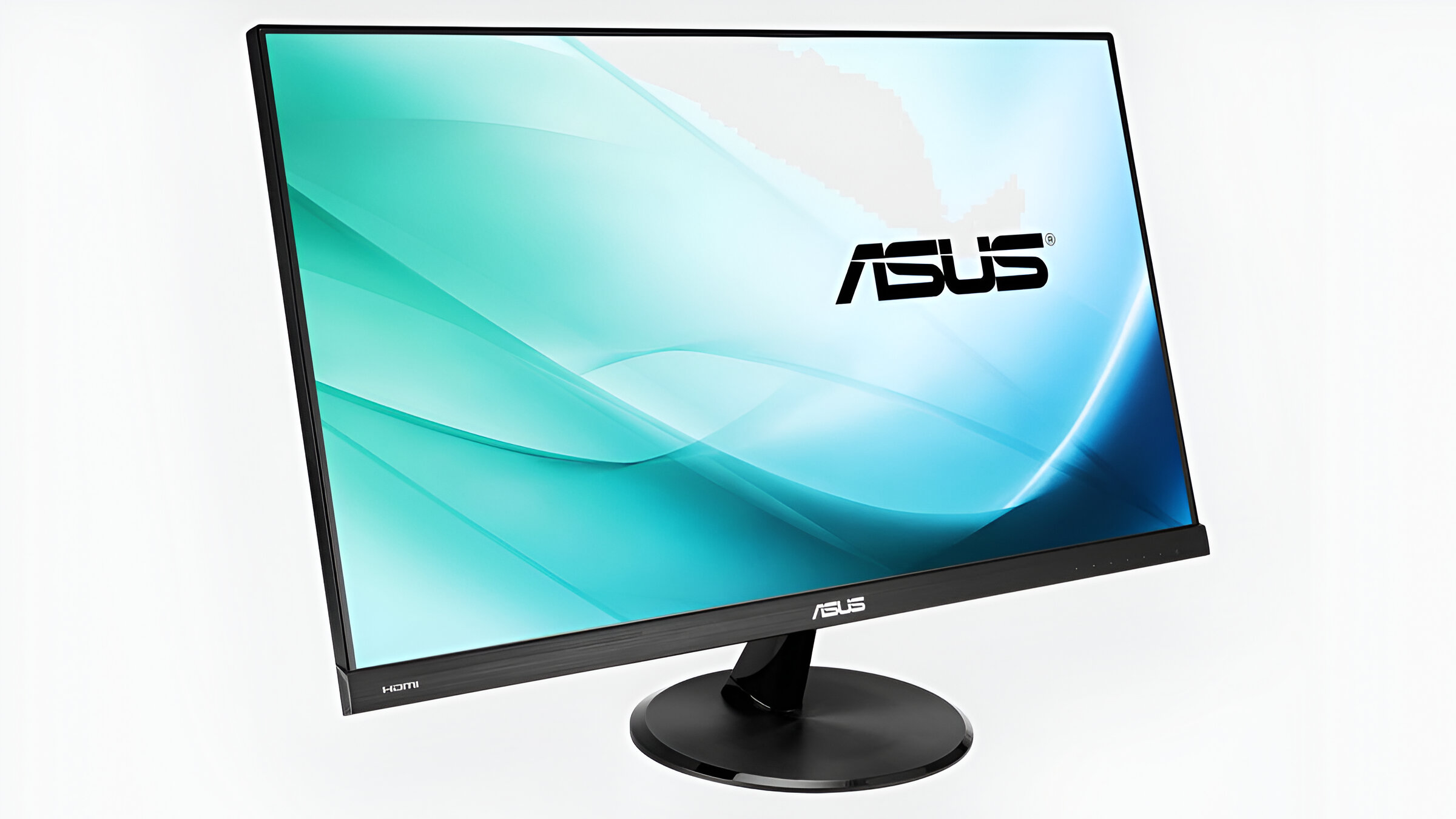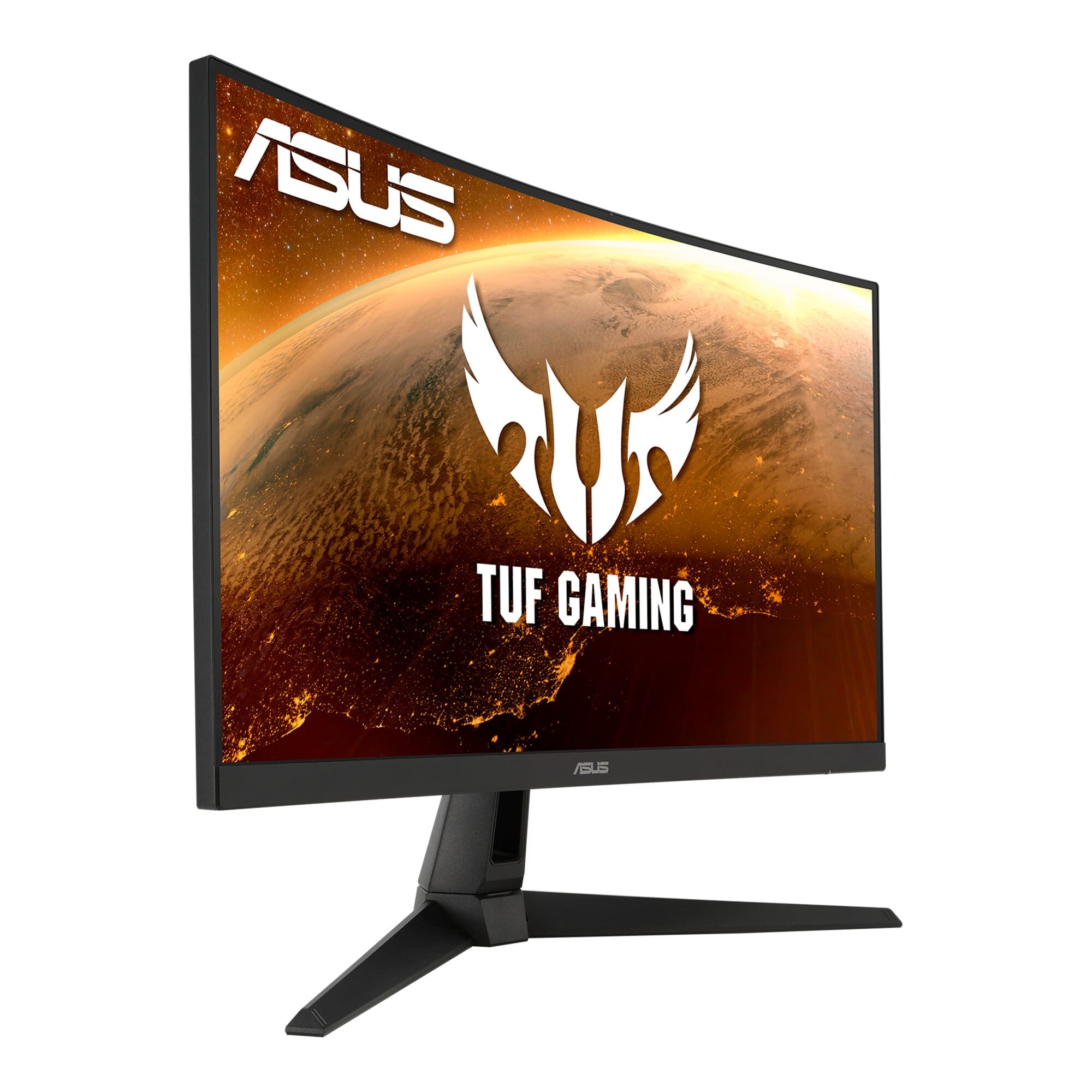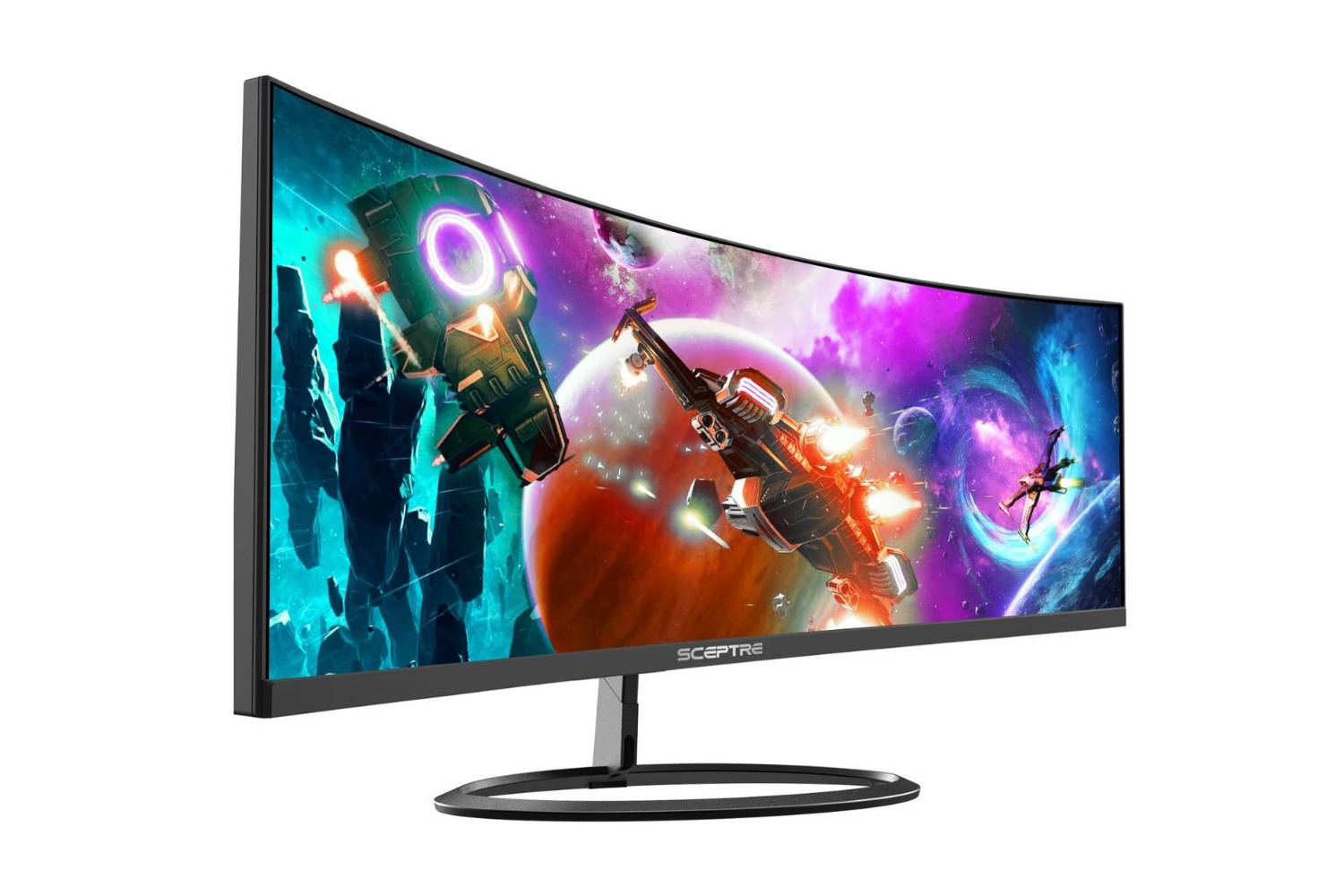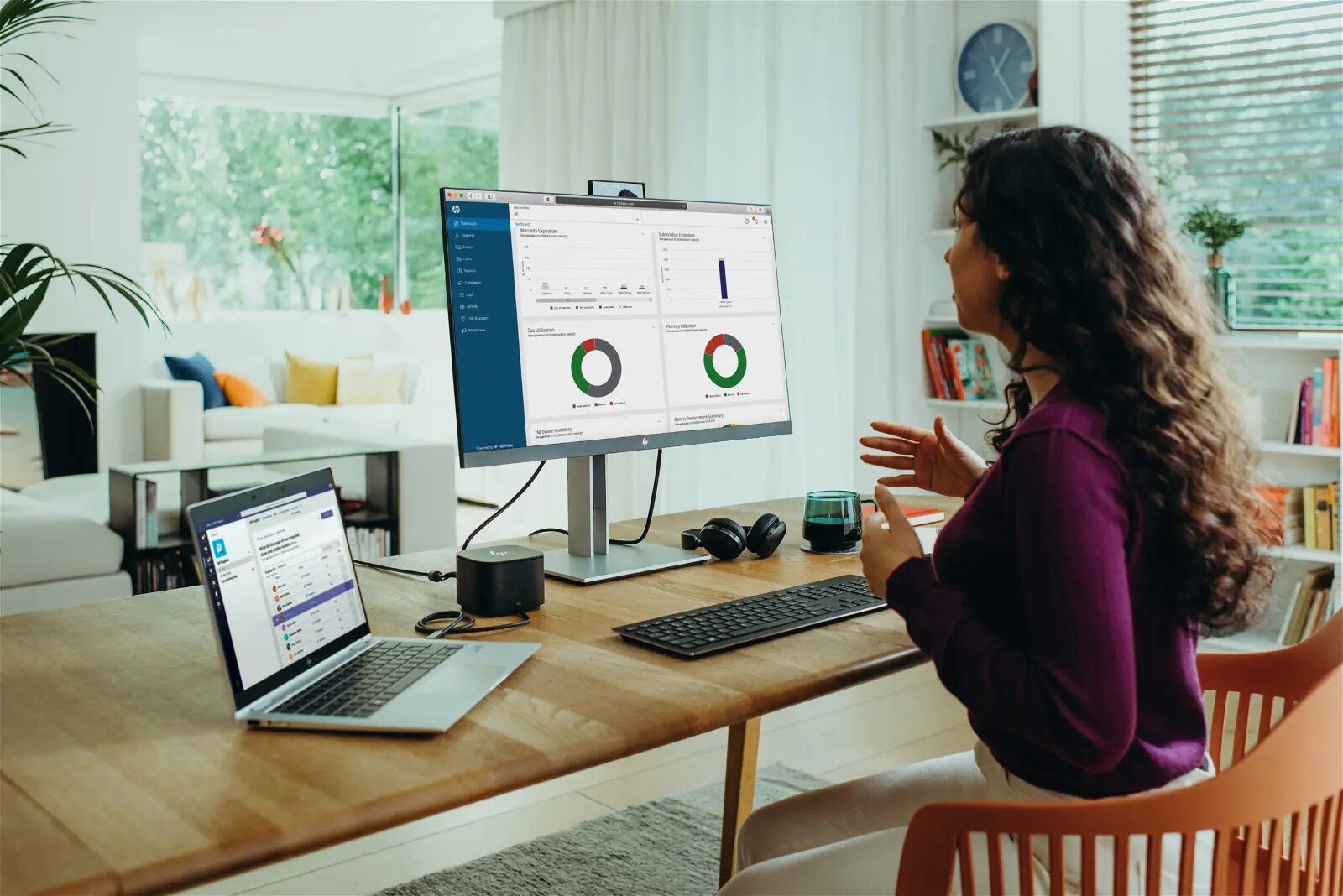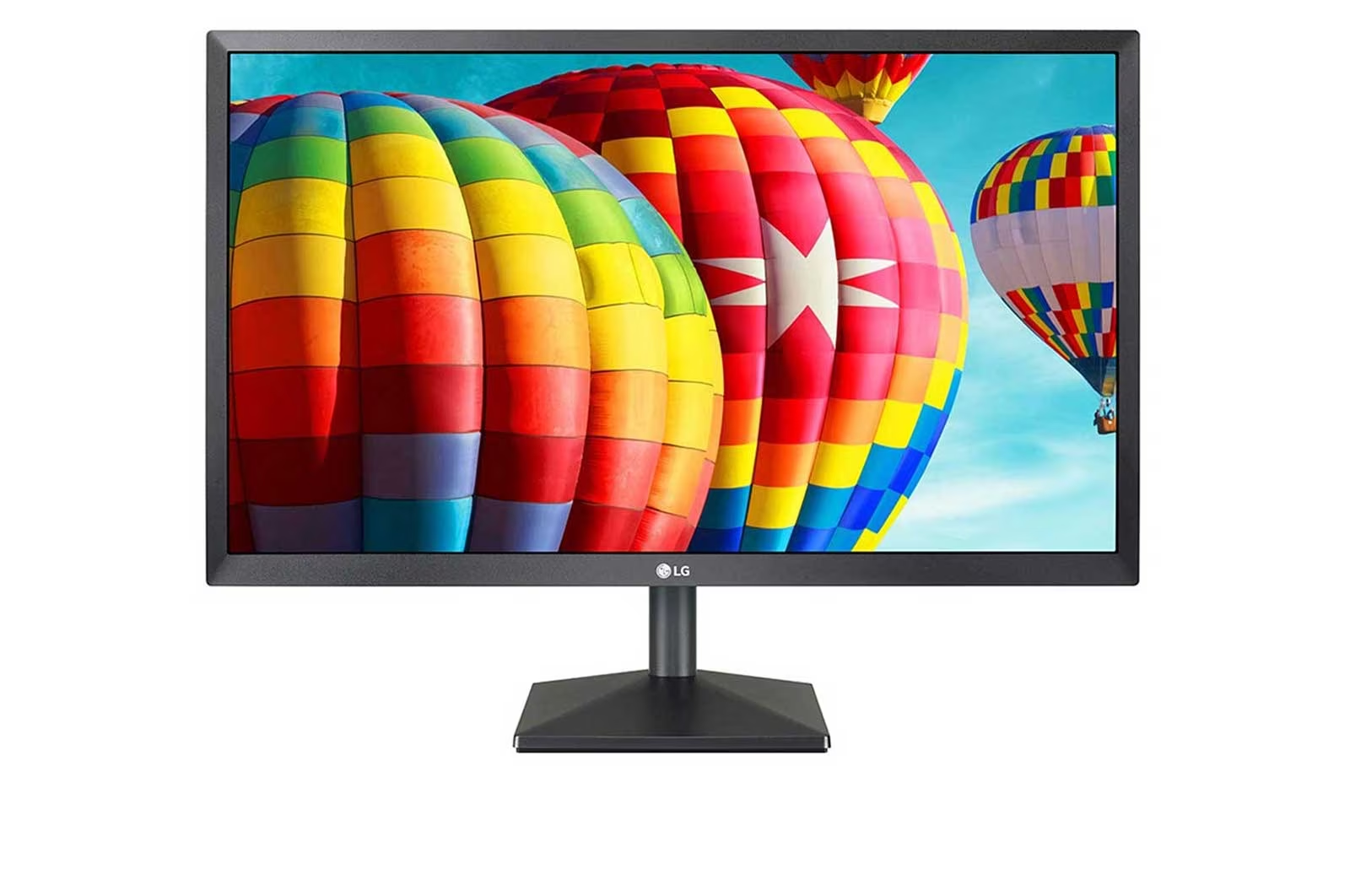Introduction
In today's digital age, our lives are intertwined with technology, and for many of us, this means spending a significant amount of time in front of screens. Whether it's for work, entertainment, or staying connected with others, the prevalence of digital devices has become a defining aspect of modern living. However, prolonged exposure to screens, particularly those emitting blue light, can have adverse effects on our health and well-being.
As a response to this concern, monitor manufacturers have introduced a feature known as "Low Blue Light" to mitigate the potential negative impacts of blue light exposure. This feature has garnered attention for its potential to address issues such as eye strain, disrupted sleep patterns, and other health-related concerns associated with excessive screen time.
Understanding the significance of the Low Blue Light feature is crucial in today's digital landscape. With its ability to reduce the amount of blue light emitted by monitors, this feature holds the promise of enhancing user comfort and well-being during extended screen use. Moreover, as more individuals become aware of the potential health implications of blue light exposure, the demand for monitors equipped with this feature continues to grow.
In this article, we will delve into the Low Blue Light feature, exploring its functionality, benefits, and practical aspects. By gaining a comprehensive understanding of this feature, readers will be equipped with the knowledge to make informed decisions regarding their monitor usage and overall well-being. Let's embark on this journey to unravel the significance of the Low Blue Light feature and its impact on our digital experiences.
What is the Low Blue Light Feature?
The Low Blue Light feature, also known as blue light filter or blue light reduction, is a technology integrated into monitors to minimize the amount of blue light emitted from the screen. Blue light, a high-energy visible (HEV) light, is part of the visible light spectrum and is emitted by various sources, including the sun and digital devices such as smartphones, tablets, and computer monitors.
This feature works by adjusting the color temperature of the monitor's display, reducing the blue light output while maintaining the overall color balance. By doing so, it aims to alleviate the potential negative effects associated with prolonged exposure to blue light. The implementation of the Low Blue Light feature varies among monitor models, with some offering preset levels of blue light reduction, while others provide customizable settings to adjust the intensity of the filter.
The significance of the Low Blue Light feature lies in its potential to address the adverse impact of blue light on eye health and overall well-being. Research suggests that prolonged exposure to blue light, especially during evening hours, can disrupt the body's natural sleep-wake cycle by suppressing the production of melatonin, a hormone that regulates sleep. Additionally, blue light exposure has been linked to digital eye strain, which can manifest as symptoms of dry eyes, blurred vision, and headaches after extended screen use.
By incorporating the Low Blue Light feature into monitors, users have the opportunity to mitigate these potential health concerns. This feature allows for a more comfortable viewing experience, particularly during extended periods of screen time, by reducing the strain on the eyes and promoting better sleep quality.
Moreover, the growing awareness of the potential health implications of blue light exposure has propelled the demand for monitors equipped with the Low Blue Light feature. As individuals seek ways to optimize their digital experiences while prioritizing their well-being, the integration of this feature has become a significant consideration when choosing a monitor for work, entertainment, or everyday use.
In essence, the Low Blue Light feature represents a proactive approach to addressing the challenges posed by excessive blue light exposure, offering users the opportunity to enjoy a more comfortable and visually optimized viewing experience while minimizing potential health risks associated with prolonged screen time.
Benefits of the Low Blue Light Feature
The integration of the Low Blue Light feature in monitors brings forth a multitude of benefits that cater to the well-being and visual comfort of users. Understanding these advantages is essential in recognizing the positive impact of this feature on our digital experiences.
-
Reduction of Eye Strain: Prolonged exposure to screens, especially those emitting blue light, can lead to digital eye strain, characterized by symptoms such as dry eyes, blurred vision, and headaches. The Low Blue Light feature addresses this concern by reducing the amount of blue light emitted from the monitor, thereby alleviating the strain on the eyes during extended screen use.
-
Enhanced Viewing Comfort: By minimizing blue light output, the Low Blue Light feature contributes to a more comfortable viewing experience, particularly in low-light environments. This is especially beneficial during evening hours when exposure to blue light can disrupt the body's natural sleep-wake cycle. Users can enjoy a visually optimized display with reduced potential impact on their sleep patterns.
-
Promotion of Better Sleep Quality: Blue light exposure, particularly in the evening, can interfere with the production of melatonin, a hormone essential for regulating the sleep-wake cycle. The Low Blue Light feature aids in mitigating this disruption, potentially promoting better sleep quality for users who engage in screen time before bedtime.
-
Potential Alleviation of Health Concerns: Research suggests that excessive blue light exposure may have long-term implications for eye health. By incorporating the Low Blue Light feature, monitors offer users the potential to reduce the cumulative impact of blue light on their eyes, contributing to the preservation of long-term visual health.
-
Customizable Settings for Personalized Comfort: Many monitors equipped with the Low Blue Light feature provide customizable settings, allowing users to adjust the intensity of the blue light filter based on their preferences. This flexibility empowers individuals to tailor their viewing experience to align with their specific comfort needs.
-
Adaptability to Diverse Usage Scenarios: Whether used for work, entertainment, or everyday computing tasks, monitors with the Low Blue Light feature adapt to diverse usage scenarios. This adaptability ensures that users can benefit from reduced blue light exposure across various activities, enhancing their overall digital experiences.
In essence, the Low Blue Light feature serves as a proactive measure to address the potential health and visual challenges associated with prolonged screen time. By offering a range of benefits, from reducing eye strain to promoting better sleep quality, this feature has become a valuable consideration for individuals seeking to optimize their digital interactions while prioritizing their well-being.
How to Enable the Low Blue Light Feature on Monitors
Enabling the Low Blue Light feature on monitors is a straightforward process that empowers users to customize their viewing experience and mitigate the potential adverse effects of blue light exposure. The specific steps to enable this feature may vary depending on the monitor model and the accompanying software interface. Here's a general guide on how to enable the Low Blue Light feature on monitors:
-
Accessing Monitor Settings: Begin by accessing the settings menu of your monitor. This can typically be done using physical buttons located on the monitor itself or through an on-screen display (OSD) menu accessible via buttons or a joystick on the monitor.
-
Navigating to Display or Color Settings: Within the monitor settings menu, navigate to the section related to display or color settings. The Low Blue Light feature is often located within this category, as it involves adjusting the color temperature of the display to reduce blue light output.
-
Locating Blue Light Filter Options: Once in the display or color settings section, look for options related to blue light filtering or low blue light. Depending on the monitor model, this feature may be explicitly labeled as "Low Blue Light," "Blue Light Filter," or similar terminology.
-
Adjusting Blue Light Intensity: If your monitor offers customizable settings for the Low Blue Light feature, you may have the option to adjust the intensity of the blue light filter. This allows you to tailor the level of blue light reduction based on your personal preferences and comfort requirements.
-
Activating the Low Blue Light Feature: After locating the relevant options, activate the Low Blue Light feature to initiate the reduction of blue light emitted from the monitor. This may involve toggling a switch, selecting a preset level of blue light reduction, or adjusting the filter intensity using on-screen controls.
-
Fine-Tuning for Optimal Comfort: Once the Low Blue Light feature is enabled, take the opportunity to assess the visual impact on the display. Fine-tune the settings to achieve an optimal balance between reduced blue light output and color accuracy, ensuring that the viewing experience remains comfortable and visually pleasing.
-
Saving and Applying Settings: If your monitor allows for personalized settings to be saved, consider saving the configured Low Blue Light preferences for future use. This enables a seamless experience each time the feature is activated, maintaining your preferred level of blue light reduction.
By following these general steps, users can effectively enable the Low Blue Light feature on their monitors, harnessing its potential to enhance visual comfort and mitigate the impact of blue light exposure during extended screen use. It's important to consult the monitor's user manual or online resources for model-specific instructions, as the interface and functionality may vary across different monitors.
In essence, the ability to enable the Low Blue Light feature empowers users to take proactive measures in optimizing their digital experiences while prioritizing their eye health and overall well-being.
Conclusion
In conclusion, the Low Blue Light feature represents a pivotal advancement in monitor technology, offering users a proactive solution to mitigate the potential health and visual challenges associated with prolonged screen time. By reducing the amount of blue light emitted from monitors, this feature addresses concerns such as digital eye strain, disrupted sleep patterns, and long-term implications for eye health. The integration of the Low Blue Light feature aligns with the evolving landscape of digital experiences, where individuals seek to optimize their interactions with technology while prioritizing their well-being.
As our reliance on digital devices continues to grow, the significance of the Low Blue Light feature becomes increasingly pronounced. Its ability to enhance viewing comfort, reduce eye strain, and potentially promote better sleep quality resonates with users across diverse usage scenarios. Whether it's for professional tasks, immersive entertainment, or everyday computing, the impact of the Low Blue Light feature extends to various aspects of our digital lives.
Furthermore, the customizable nature of this feature empowers users to tailor their viewing experience, allowing for personalized adjustments based on individual comfort preferences. By enabling the Low Blue Light feature, users can take an active role in optimizing their visual comfort while minimizing the potential impact of blue light exposure.
It's important to note that the implementation of the Low Blue Light feature is not a one-size-fits-all solution, and its effectiveness may vary among individuals. Factors such as screen brightness, ambient lighting conditions, and individual sensitivity to blue light can influence the perceived benefits of this feature. As such, users are encouraged to explore and fine-tune the settings to achieve an optimal balance between reduced blue light output and visual satisfaction.
In essence, the Low Blue Light feature embodies a proactive approach to harmonizing our digital experiences with our well-being. As the demand for monitors equipped with this feature continues to rise, it underscores a collective recognition of the importance of integrating technology with considerations for health and comfort.
By delving into the realm of the Low Blue Light feature, users can make informed decisions regarding their monitor usage, harnessing the potential benefits of this technology to foster a more comfortable and visually optimized digital experience. As we navigate the evolving landscape of digital interactions, the Low Blue Light feature stands as a testament to the ongoing pursuit of a balanced and harmonious relationship between technology and well-being.







